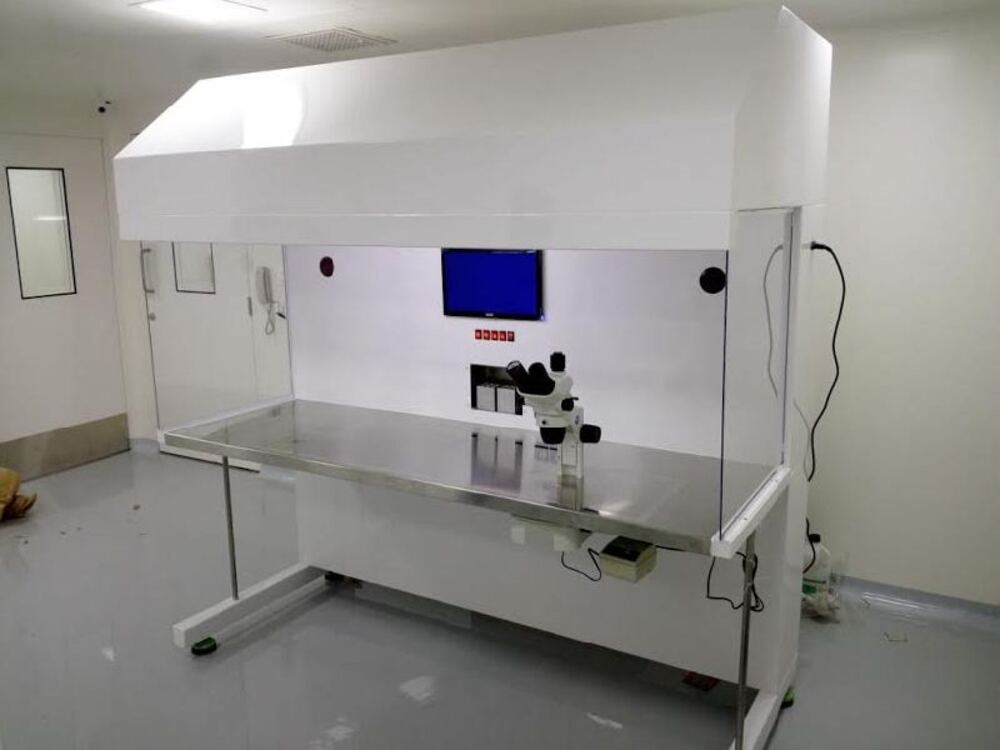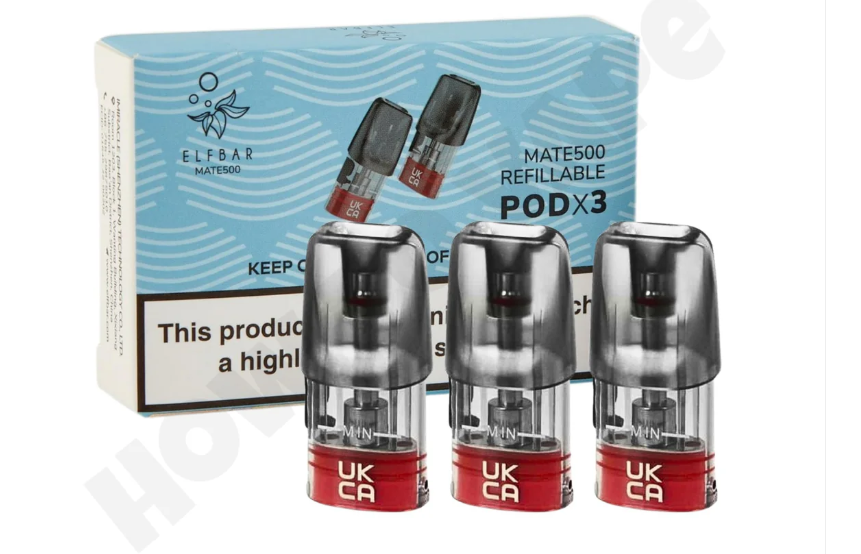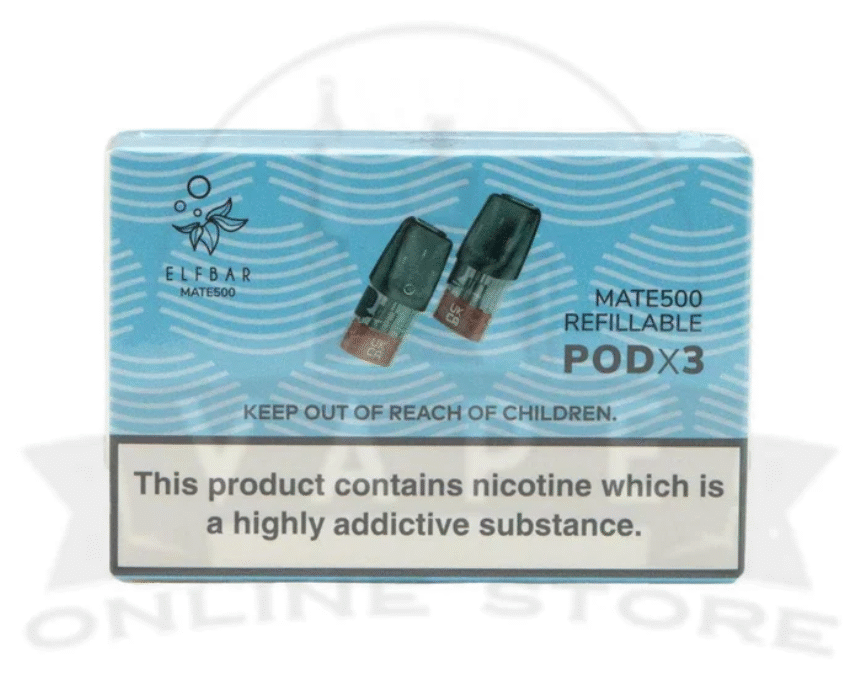In modern laboratories, maintaining a contamination-free environment is crucial for the accuracy and reliability of experiments. This is especially true for Polymerase Chain Reaction (PCR) laboratories, where even the smallest contamination can lead to inaccurate results, waste time, and lead to costly errors. One of the most important pieces of equipment for maintaining such a sterile environment is the laminar flow hood. In this article, we will explore the significance of laminar flow hoods, their operation, and their role in PCR laboratory workstations.
What is a Laminar Flow Hood?
A laminar flow hood, also known as a laminar flow cabinet, is a vital tool used in laboratories to provide a clean and sterile workspace. These hoods use a continuous stream of filtered air to create a barrier against airborne contaminants, ensuring that particles, such as dust, bacteria, and other pathogens, do not interfere with sensitive experiments. The filtered air is directed in a smooth, unidirectional flow—known as laminar flow—across the workspace to prevent contamination.
There are two primary types of laminar flow hoods: horizontal flow and vertical flow. In horizontal flow hoods, air is pushed from the back of the unit and flows toward the operator, while in vertical flow hoods, the air flows from the top of the unit down to the workspace. Both types of hoods serve the same primary function, but the choice between horizontal and vertical flow depends on the type of work being performed and the specific needs of the laboratory.
Role of Laminar Flow Hoods in PCR Laboratories
Polymerase chain reaction (PCR), a method for replicating DNA segments, plays a fundamental role in molecular biology, microbiology, and numerous diagnostic procedures. However, PCR is extremely sensitive to contamination, particularly from DNA or RNA from other sources that may inadvertently interfere with the reaction. This is where laminar flow hoods come into play, as they are integral in maintaining a contamination-free environment for PCR experiments.
PCR requires a delicate balance of various reagents and precise conditions for successful amplification. A laminar flow hood ensures that the workspace remains sterile, reducing the risk of contaminants interfering with these critical conditions. In a PCR laboratory, the laminar flow hood serves several important functions:
1. Protection of Samples: Laminar flow hoods provide a controlled environment where PCR samples can be handled without the risk of contamination from external particles. The constant airflow prevents airborne contaminants from settling on the work surface or the sample itself.
2. Protection of the Operator: Laminar flow hoods also protect the laboratory technician working in the space. The hoods are designed to prevent any airborne contaminants from escaping the unit and spreading into the laboratory environment. This is particularly important in PCR experiments, where even small amounts of contamination can render results invalid.
3. Ensuring Accuracy of Results: By providing a clean, controlled workspace, laminar flow hoods help ensure the accuracy and reliability of PCR results. Contaminants, such as bacteria, fungi, or even foreign DNA, can negatively affect the outcome of the amplification process. A laminar flow hood is an essential tool for minimizing such risks.
How Laminar Flow Hoods Work
Laminar flow hoods operate by drawing air through high-efficiency particulate air (HEPA) filters. The filters remove particles from the air, ensuring that only clean, sterile air is introduced into the workspace. Once the air passes through the HEPA filters, it flows in a smooth, unidirectional pattern across the work surface.
The airflow is designed to create a barrier between the operator and the sample. In horizontal flow hoods, the air moves towards the operator, providing a shield that protects the workspace from contamination. In vertical flow hoods, the air flows downwards, creating a sterile work surface below.
The filtered air in the hood creates an environment where particles from the outside world are less likely to enter. However, the operator must follow specific procedures to maintain the sterile conditions inside the hood. This includes wearing protective gloves, regularly cleaning the workspace, and ensuring that no non-essential items are brought into the hood.
Best Practices for Using Laminar Flow Hoods in PCR Laboratories
To ensure that a laminar flow hood provides maximum protection for PCR work, operators must adhere to certain best practices:
1. Regular Maintenance and Filter Replacement: The HEPA filters in laminar flow hoods should be replaced regularly to ensure optimal airflow and contamination control. As time passes, filters may accumulate debris, diminishing their efficiency.
2. Proper Technique: Operators should be trained in proper laminar flow hood usage techniques. This includes placing materials in the correct orientation, avoiding rapid movements that can disrupt airflow, and ensuring that items used inside the hood are sterile before introduction.
3. Routine Cleaning: The workspace inside the hood should be cleaned regularly with appropriate disinfectants to maintain a sterile environment. Any spills or residues from reagents should be cleaned immediately to prevent contamination.
4. Avoid Overloading the Hood: Laminar flow hoods are designed to handle a specific volume of air and equipment. Placing excessive objects in the workspace can obstruct airflow and compromise the performance of the hood.
Conclusion
Lemari Asam: Laminar flow hoods are an essential component of PCR laboratory workstations, offering a controlled, contamination-free environment that is vital for the success of PCR experiments. They ensure the integrity of samples, protect operators from exposure to harmful agents, and minimize the risk of contamination that can compromise the accuracy of results. By following proper maintenance and usage guidelines, laboratories can ensure that their laminar flow hoods continue to provide reliable protection for their PCR workflows, ultimately contributing to the success of their research and diagnostic efforts.







0 Comments